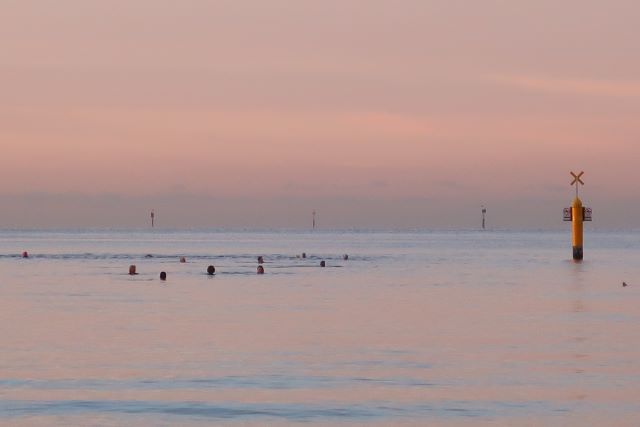
Is the Bay healthy?
Each Saturday at 8 am the Port Melbourne Icebergers take to the water. They enjoy it so much that they now swim every day. Bay swimming sustained many people during lockdown and beyond.
The Environment Protection Authority (EPA) issues a Beach Report from 1 December to Labour Day each year, The report is based on forecasts as well as sampling for enterococci, bacteria found in faeces. The EPA’s standing advice is not to swim for 48 hours after rain or near stormwater drains since regrettably the relationship between rain and poor water quality is so well established. Generally speaking, if its hasn’t been raining, the water quality is good for swimming in Port Phillip Bay.
At the end of last year, bioluminescence appeared on the beach between Princes Pier and Sandridge Beach at Beacon Cove. It brought a bit of magic into the evenings when magic was in short supply.
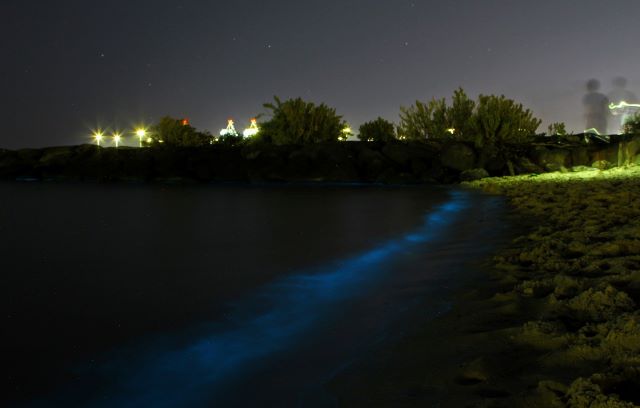
In early January, swimmers reported an abundance of Lion’s Mane jellyfish. Their sting is painful. Even the most determined swimmers retreated. The water along the sea wall between the piers was thick with Lion’s Mane jellyfish.
Following heavy rain, nutrients including agricultural fertilisers, septic tank overflows and dog faeces are flushed unfiltered from the Yarra into the Bay in a broad, wide plume. The southerly winds prevailing at this season push the nutrients back towards the shore where they are eaten by the Lion’s Mane jellyfish. Simon Mustoe explains this phenomenon in helpful detail on his blog. It is just one story of the complex and dynamic interrelationships between River and Bay.
The State of the Marine and Coastal Report 2021, published in December, assesses a suite of 82 indicators across nine themes to present a picture of the health status of Port Phillip Bay – one of five environments explored in detail. The indicators range from people’s stewardship and involvement with the marine and coastal environment to the state of the sea floor and benthic organisms, intertidal and subtidal reefs, pests and litter.
The report argues for a ‘catchment to reef’ approach to marine and coastal management that goes beyond the ‘catchment to coast’ approach that used to prevail. It appeals for a move away from issues based marine and coastal management to an integrated approach. The legislation and policy frameworks exist, says the Commissioner for Environmental Sustainability, Dr Gillian Sparkes, but they must be applied.
The report is very accessible, supported by photographs and video of the astonishing biological diversity of Port Phillip Bay.
Public health relies on robust data. So too does Marine and Coastal Environment reporting which is undermined by gaps and unevenness in data collection. Commitment to ongoing data collection and knowledge management will be essential if we are to track the heath of the marine and coastal environment over time.
It does offence to the integrated, interrelated, approach encouraged by the report to go to particular indicators, and there is no simple answer to the question ‘Is the Bay healthy?’.
Dive right in to the State of the Marine and Coastal Environment 2021 if only to be amazed by the pictures of the creatures that live in our beautiful Bay and perhaps seek out an indicator that is important to you.
More
Lion’s mane jellyfish Taxonomic Toolkit for Marine Life of Port Phillip Bay
Simon Mustoe Port Phillip Bay Jellyfish, Sea Lettuce and Bioluminescent Algae 3 January 2022
State of the Marine and Coastal Environment Report 2021, Commissioner for Environmental Sustainability 2021

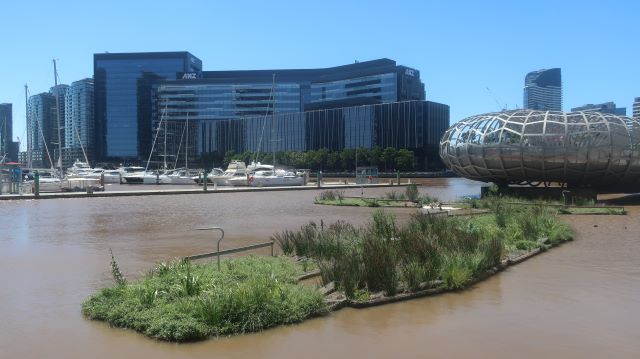
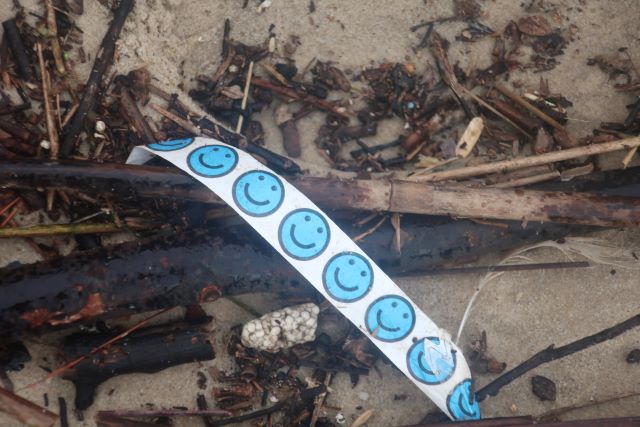
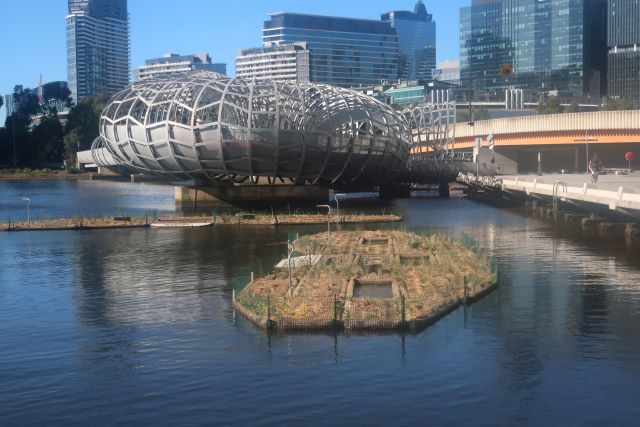
Leave a Reply